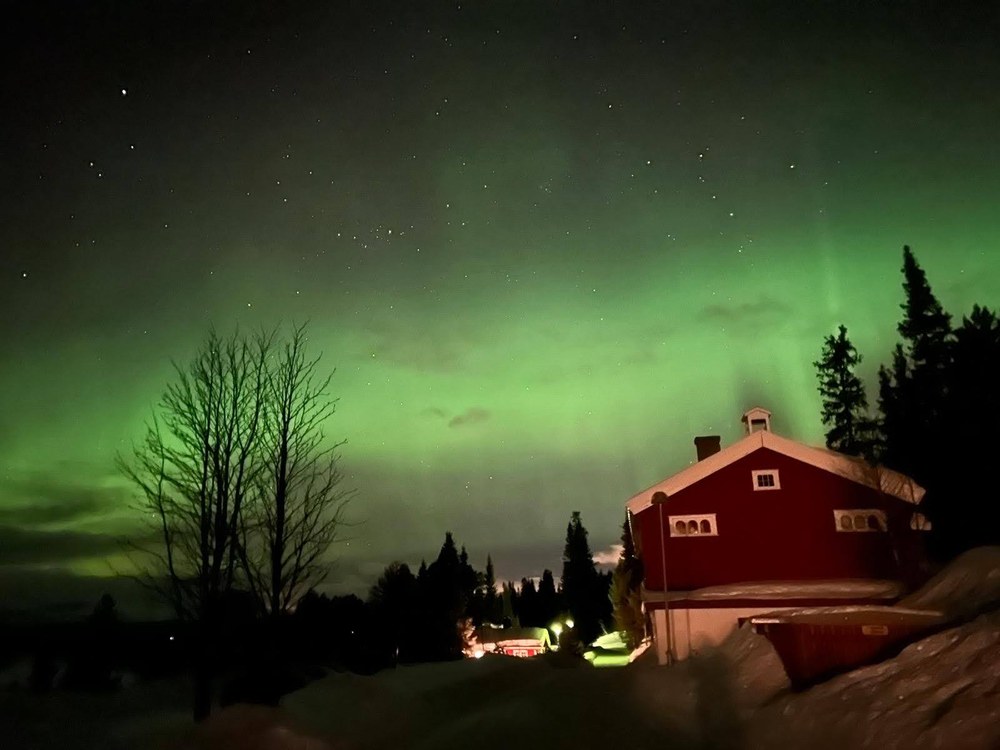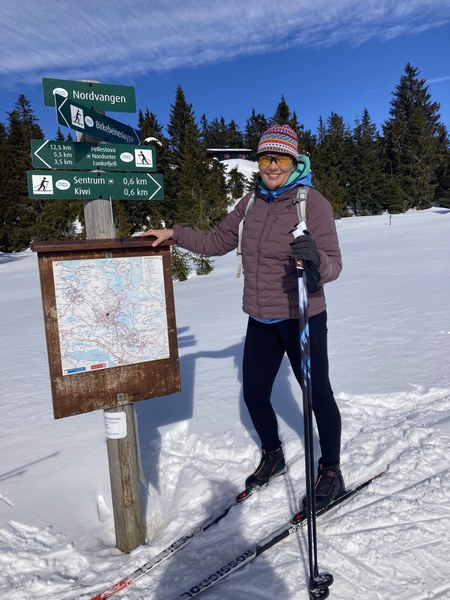
In the winter of 1205, two Norwegian Birkebeiner warriors donned crude plank skis and shuffled off into severely cold, windy weather to cross a snowy mountain, one of them carrying a swaddled baby on his back. Their mission? To safely transport the baby 54 kilometers from Lillehammer to Rena as a civil war raged. The child was heir to the throne and being targeted by a faction competing with the more dominant Birkebeiners, to whom he belonged.
Some time later — 808 years to be exact — I sweated beneath the weight of my heavy, orange backpack as I dragged an overstuffed cross-country ski bag filled with too many Smartwool layers through the hectic, labyrinthine corridors of Schiphol Airport, hoping to deposit my luggage in time to make my connecting flight to Oslo. My Apple Watch buzzed against my wrist as my heart rate rose: Are you working out?
It wasn’t like I hadn’t traveled before. But somehow — maybe during the pandemic — I’d apparently forgotten how to pack light. Or perhaps it was nerves. I hadn’t been entirely sure what to expect when I signed up for my first Mountaineers Global Adventures trip, a two-week, classic-style cross-country ski tour through the rolling hills of the Gudbrandsdalen Valley in eastern Norway. With my squarely intermediate skills, would I be able to keep up with more practiced skiers? Would I get lost in a whiteout and have to hunker down in a barn with only a sheep’s eyeball for food?
To prepare, I had skied miles along the Cascade to Palouse Trail at Crystal Springs Sno-Park nearly every weekend that winter, with the monotonous rumble of I-90 in the distance. I also spent five days on the sunnier ski trails of the Methow Valley practicing on hillier terrain.
As it turned out, that training paid off and my fears were unfounded. The nine-day ski portion of the trip took us through the rolling hills of the Gudbrandsdalen as we climbed, descended, and glided past flat, open meadows dotted by pine, spruce, and the low, brown barns of summer farms with glowing white mountains in the distance. We were lucky enough to have nearly perfect snow conditions and a lovely group that got along well. Throughout it all, covering about eight to 16 miles each day, my legs and lungs held steady.
Jessica pausing at a waypoint on the Peer Gynt Trail System.
Of course, it didn’t hurt that we stayed at traditional inns rather than rustic huts. Expertly selected by our trip leaders Cindy Hoover and Cheri Solien, each inn had a sauna — not to mention afternoon tea, expansive and colorful buffets at each meal, and ski-waxing stations, where Cheri gave lessons after dinner to anyone interested in learning the difference between blue and violet wax.
We practiced the cheerful everyday Norwegian greeting (“Hei hei!”), compared different brands of salty licorice (there are oh so many), and learned about distant kings. Some of us tried reindeer while others declined, thinking of Rudolph. One night, my roommate and I happened to look out our window to the Northern lights pulsing turquoise on the horizon.
These days, the historic Birkebeiner Ski Race follows that ancient, baby-secreting path in reverse, from Rena to Lillehammer. On the last ski day of the trip, our route led us across the race’s finish line. It was a fitting end to a trip full of small, surprising treasures — one that was well worth that long, sweaty journey through Schiphol with a bag that will surely be lighter for my next Global Adventure.
This article originally appeared in our winter 2024 issue of Mountaineer magazine. To view the original article in magazine form and read more stories from our publication, visit our magazine archive.
 Jessica Hirst
Jessica Hirst
